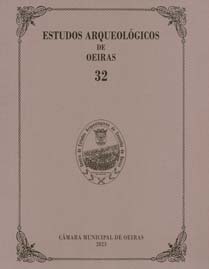A Encosta de Sant’ana no quadro da economia alimentar do Neolítico Antigo da Península de Lisboa
DOI: https://doi.org/10.5281/zenodo.7919980
Palavras-chave:
Early Neolithic, mammal remains, Zooarchaeology, Encosta de Sant´Ana, LisbonResumo
We studied the mammal remains recovered from the Early Neolithic settlement of Encosta de Sant’Ana (Lisbon), with important housing structures and abundant archaeological materials, whose absolute chronology lies in the transition from the 6th to the 5th millennium BC.
The diversity of exploited and produced resources was observed, represented, in descending order of the number of remains identified, by the rabbit, followed by the pig/wild boar, the deer and probably the aurochs, in terms of wild species; and for pigs, caprines (sheep and goats), and dogs, in terms of domestic species.
The characteristics identified of the food economy, allowing the comparison made with the scarce results available for other archaeological sites of the same period known in the Lisbon Peninsula.
Downloads
Publicado
Como Citar
Edição
Secção
Licença
Os artigos publicados são da exclusiva responsabilidade dos Autores.
É expressamente proibida a reprodução de quaisquer imagens sobre as quais
existam direitos de autor sem o prévio consentimento dos signatários dos artigos
respectivos.




